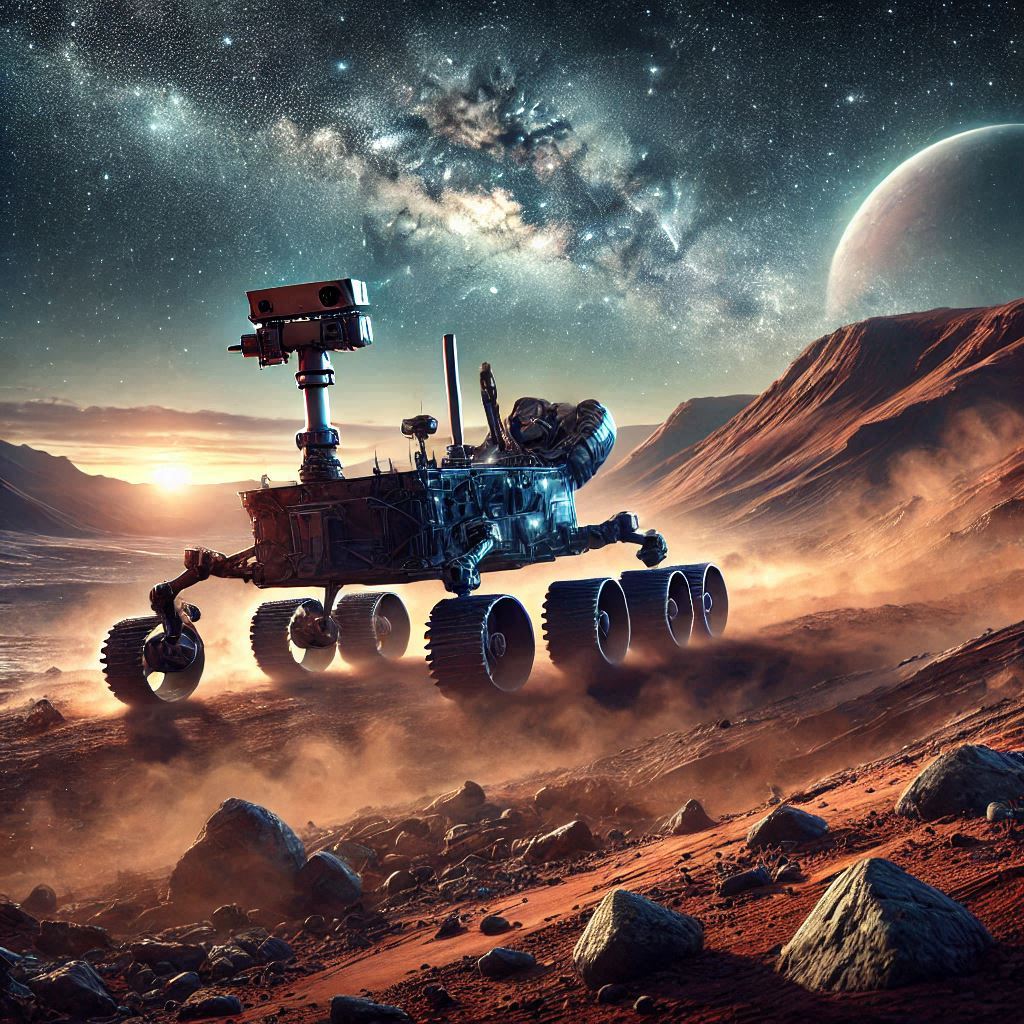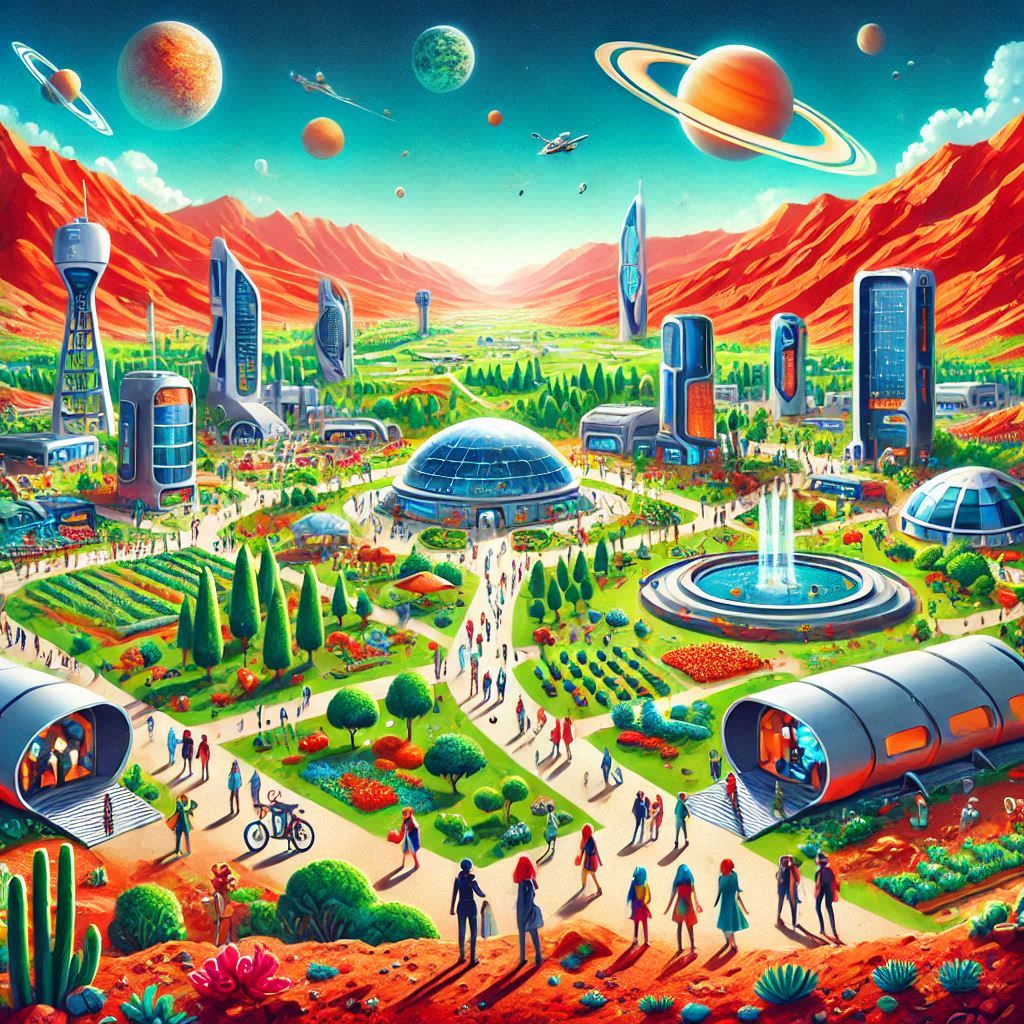Humans on Mars: A New Frontier
Humanity’s fascination with Mars dates back to ancient times, when the Red Planet was just a mysterious reddish dot in the night sky. Today, Mars represents the next great leap for human exploration and discovery. The dream of sending humans to Mars is no longer confined to science fiction—it is an ambitious goal shared by space agencies and private companies around the world. In this blog, we’ll explore the exciting journey towards making this dream a reality.

Why Mars?
Mars has always intrigued scientists and explorers for several reasons. Unlike any other planet in our solar system, Mars has conditions that are most similar to Earth. It has seasons, polar ice caps, and a day length almost equivalent to Earth’s. Furthermore, Mars has surface features that suggest it once had liquid water—a crucial ingredient for life. These factors make Mars a prime candidate for exploration and potential colonization.

Historical Context
The exploration of Mars began with robotic missions. The Mariner 4 spacecraft, launched by NASA in 1964, was the first to successfully fly by Mars, providing the first close-up images of the planet. Subsequent missions, including the Viking landers in the 1970s and the more recent Mars rovers like Curiosity and Perseverance, have provided invaluable data about the Martian surface, atmosphere, and potential for life.

The Mission Plans
Various organizations have announced plans to send humans to Mars. NASA’s Artemis program aims to return humans to the Moon by the mid-2020s as a stepping stone for a crewed mission to Mars in the 2030s. NASA is developing the Space Launch System (SLS) rocket and the Orion spacecraft to achieve these goals. Additionally, SpaceX, led by Elon Musk, has set an ambitious timeline to send humans to Mars using its Starship vehicle, aiming for the mid-2020s.

Challenges and Innovations
Sending humans to Mars is a monumental challenge. The journey to Mars takes around six to nine months, during which astronauts will face prolonged exposure to space radiation and the psychological effects of isolation. Upon arrival, they will need to contend with the thin atmosphere, extreme temperatures, and limited resources.
Innovations in technology are crucial to overcoming these challenges. Advanced propulsion systems, such as nuclear thermal propulsion, could significantly reduce travel time. Life support systems capable of recycling air and water, 3D-printed habitats, and in-situ resource utilization (ISRU) technologies will enable astronauts to live off the land by producing oxygen and water from Martian resources.

The Future of Mars Exploration
The successful landing of humans on Mars will be a historic milestone, representing the next giant leap for humanity. It will pave the way for the establishment of a sustainable human presence on Mars, opening up new opportunities for scientific research, technological advancements, and perhaps even the potential for discovering life beyond Earth.
In conclusion, the journey to Mars is a testament to human ingenuity, curiosity, and the unyielding spirit of exploration. As we stand on the brink of this new frontier, the dream of humans on Mars is closer to becoming a reality than ever before. The Red Planet awaits—ready to reveal its secrets to those daring enough to venture into the unknown.
Stay tuned for more updates on humanity’s mission to Mars! 🚀
Robotic missions continue to lead the way for future human exploration. @NASAPersevere sent these raw images from the surface of Mars today. The rover has successfully tested several technologies that will come in handy for future astronauts. https://t.co/cpaAKHdROK pic.twitter.com/CZV0NmYrSY
— NASA Solar System (@NASASolarSystem) November 19, 2024
Subscribe to our newsletter!






